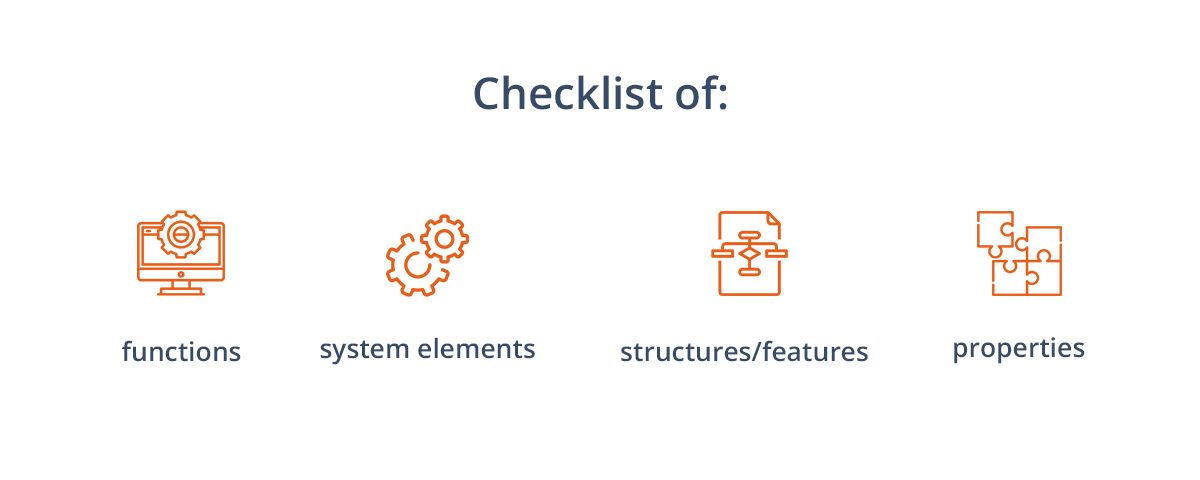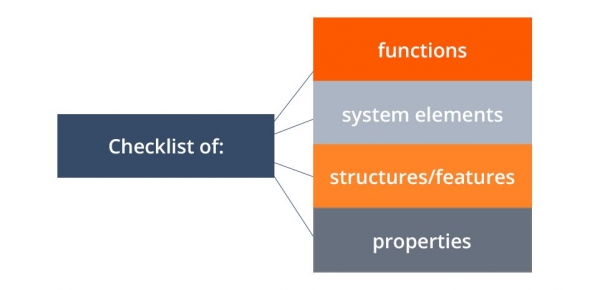
Checklist-based testing is a type of software testing based on the pre-planned “to-do” list of tasks called a checklist. Professional testers, who have sufficient technical experience usually complete these lists. QA (Quality Assurance) engineers use such checklists to guide the testing activities.
Very often different software systems are tested in the same way to see whether it is possible to detect the special defects or manage functional conditions and data without addressing to some systematic technique. Such forms of elementary and informal testing are called ad hoc (random) testing. Checklists are used to structurize this type of testing in order not to waste time repeating the same tests. Such lists can be online, physical or mental.
Commonly used testing checklists

- Functional (black-box) checklists contain checks for dominant functions of the complete system or for the definite functions of the lower levels.
- System elements checklists (white-box) examine sub-systems and modules of higher levels as well as special data items at secondary levels.
- Structure/feature checklists path through various aspects such as the list of customers and producers for definite sources or units sharing some average data, etc.
- Properties checklists test fixed values such as definite specification units, code systems, etc.
QATestLab has a checklist for testing iOS and Android application. Besides, here is the example of usability testing checklist.
Advantages of using checklists in testing
Checklist-based testing is widely used by QA experts advocating for its convenience and productivity. Their knowledge and experience form the base for performance testing of a high quality. Main reasons to use this type of tests are:
- Flexibility. This kind of checking can be used in all testing types.
- Easy to create. It is not difficult to create, use and maintain a checklist.
- Analyzing the results. Checklists are easy to follow and examine.
- Team integration. The checklist can be ready-made guidance and help new testing personnel to integrate into work.
- Deadlines control. This type of testing helps to control test accomplishment and not to miss some critical bugs before the deadline.
Difficulties of using checklists in testing
- Different interpretation. QA engineers with various backgrounds can accomplish identical tasks using different approaches.
- “Holes” in coverage. It is difficult to capture all functional or structural components, especially those of higher levels.
- Item overlap. Trying to cover a big scope of material there may be a duplication of the same information. This can lead to excessive testings.
- Reporting problems. Complex system components, functions, and their interaction are difficult or even impossible to illustrate, applying checklists.
